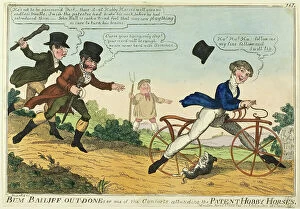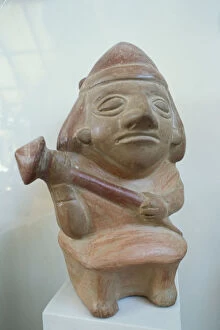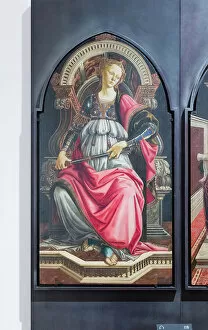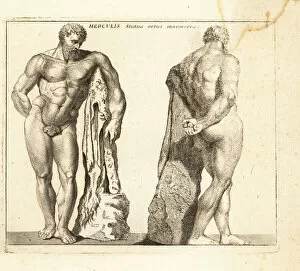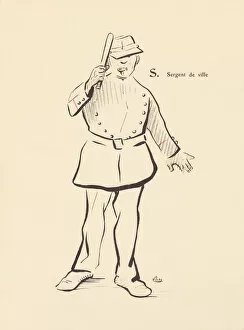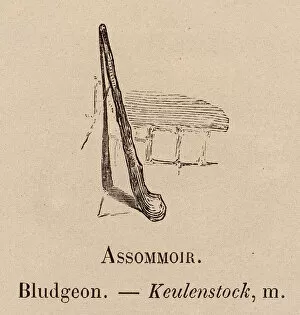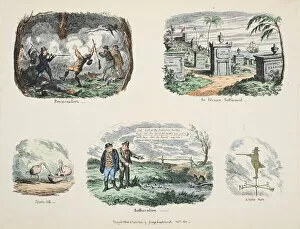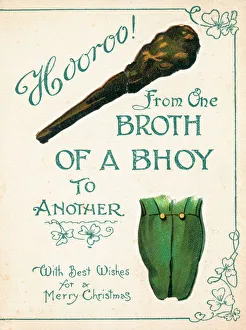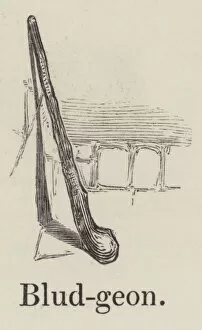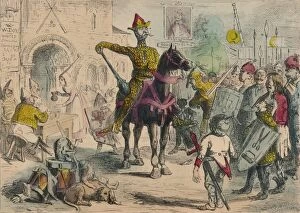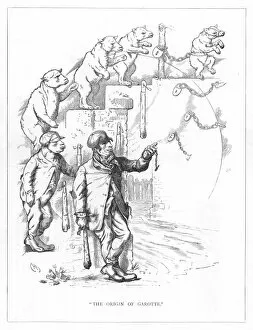Bludgeon Collection
"Bludgeon: A Symbol of Fortitude Through the Ages" Throughout history, the bludgeon has been a powerful symbol of fortitude and strength
All Professionally Made to Order for Quick Shipping
"Bludgeon: A Symbol of Fortitude Through the Ages" Throughout history, the bludgeon has been a powerful symbol of fortitude and strength. From ancient times to more recent centuries, this weapon has left its mark on various cultures and artistic expressions. In 1470, an exquisite tempera on wood painting titled "Warrior Sipan-Mochica Pottery" showcases a warrior wielding a bludgeon in Lambayeque, Peru. Created by Luis Rosendo, this artwork captures the fierce determination and resilience of warriors in that era. Moving forward to the 2nd century, we encounter "Antinous as Aristaeus, " a magnificent marble sculpture depicting a figure holding a bludgeon. This masterpiece exemplifies how even in classical antiquity, the bludgeon represented power and authority. Fast-forwarding to India in 1880-1890, we find ourselves immersed in the vibrant culture of Fakir through an intriguing photograph titled "Indian population: Fakir. " In this image, a fakir is seen with his trusty bludgeon by his side – an emblematic tool representing their spiritual journey and inner strength. The year 1600 brings us to an oil-on-panel painting called "Interior of organ panel door depicting Cain and Abel. " Here we witness biblical figures engaged in conflict; one brandishing a menacing bludgeon while illustrating themes of violence and human nature's darker side. In 1809 at the Grand National Theatre, audiences were captivated by "Killing no Murder, " depicted through engravings. This theatrical performance showcased characters utilizing bludgeons as weapons – highlighting society's fascination with violence within entertainment throughout history. Returning once again to artistry inspired by Ovid's Metamorphoses between c. 1500-1699 are several captivating paintings framed within architectural ebonised frames made from copper. These masterpieces depict scenes where they are wielded, representing the transformative power of strength and determination.


